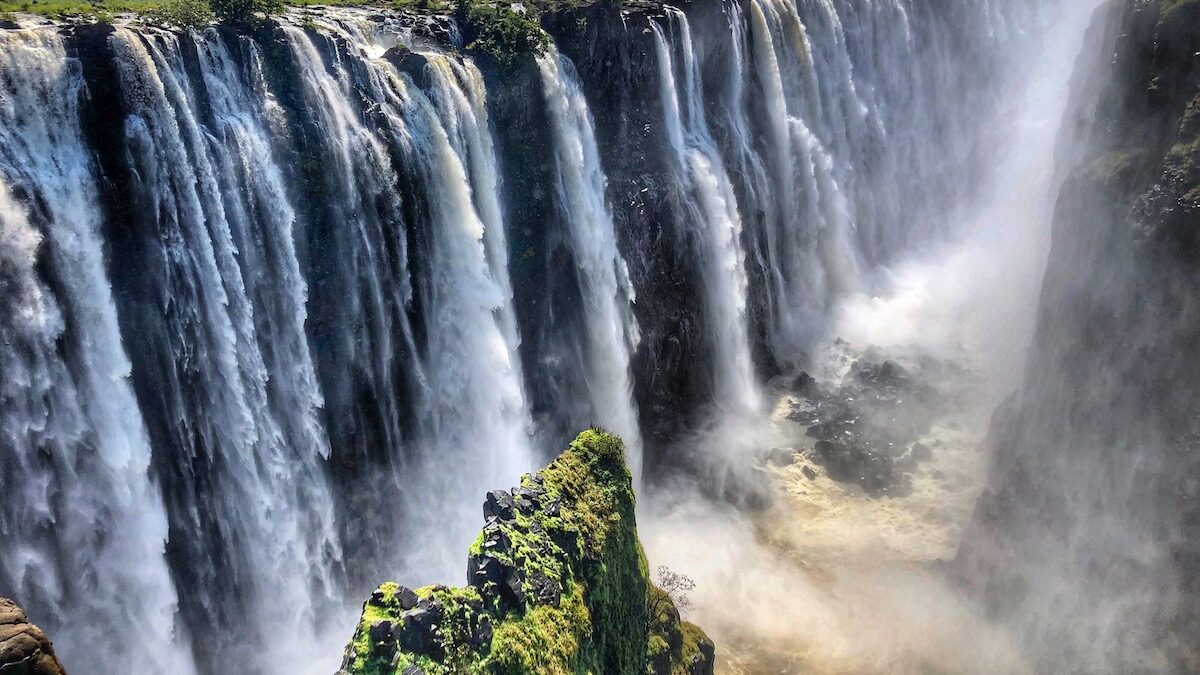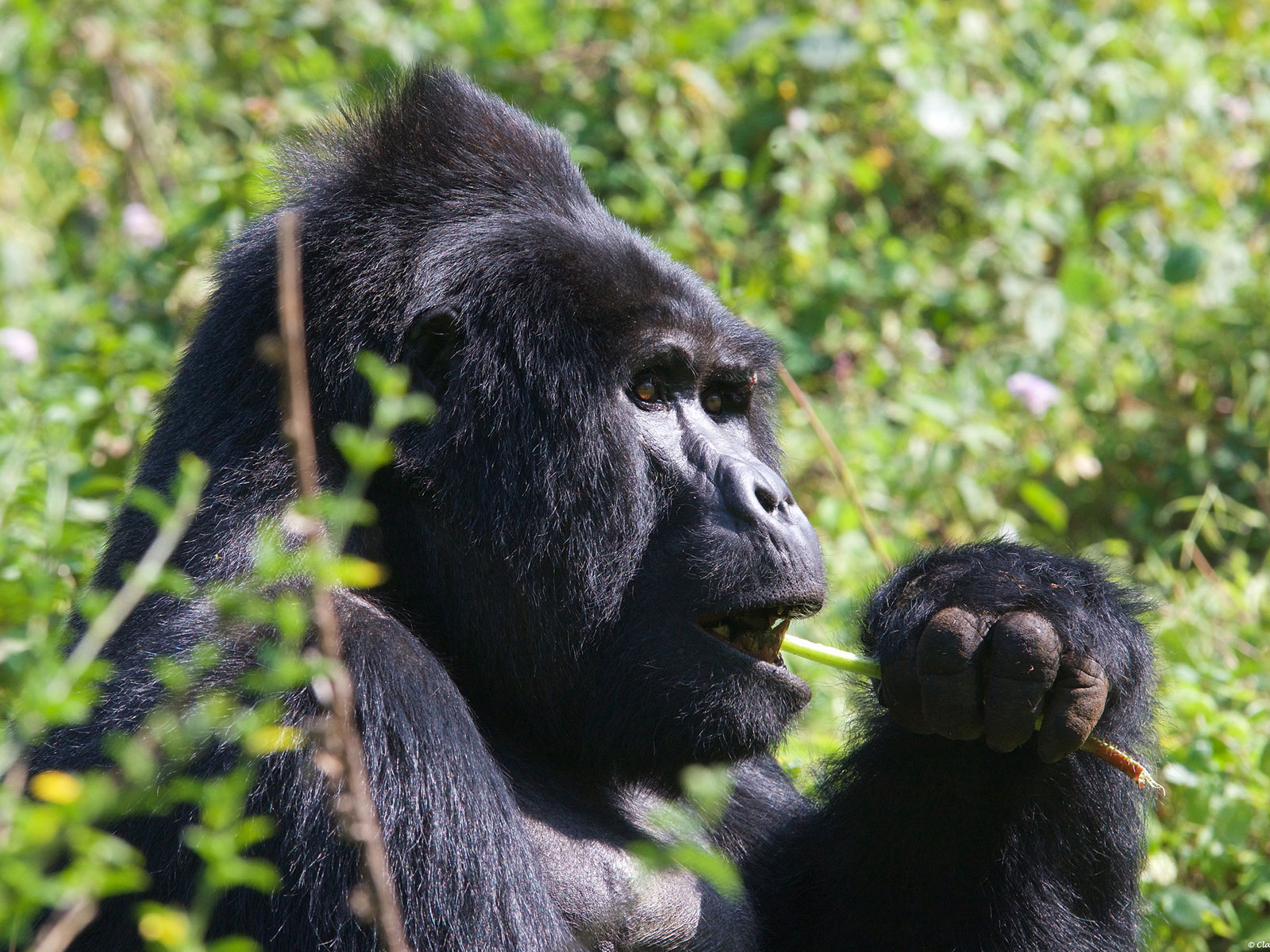Discover the Optimal Time to Explore Victoria Falls – A Natural Marvel Awaits
When it comes to experiencing the awe-inspiring Victoria Falls, the period from February to May emerges as the prime window. Following the summer rains, this timeframe showcases the majestic spectacle of the world’s largest sheet of cascading water at its peak volume. The cascading magnificence is at its zenith during this period, with the falls exuding an unparalleled grandeur. However, this is a pivotal juncture where planning becomes intricate, as the zenith of Victoria Falls’ splendor doesn’t exactly coincide with the peak safari season in neighboring Chobe, Botswana, or Hwange, Zimbabwe.
It’s vital to note that the water’s heightened velocity and volume during this time render certain activities perilous, including ventures such as swimming in Devil’s Pool and navigating sections of intense white-water rapids. These ventures are best deferred to safer seasons.
On the flip side, steering clear of a visit to Victoria Falls during the waning dry winter months of October through November is recommended. During this interval, water levels plummet to their nadir, while the weather turns sultrily hot and humid. While panoramic vistas devoid of misty spray are guaranteed during the low-water season, the Zambian side’s allure (constituting about a quarter of the falls’ width) might be obscured by desiccation. A bare rock facade could replace the cascading display. Conversely, the Zimbabwean side enjoys a permanent albeit fluctuating flow, dictated by the rainy season’s ebb and flow.
Determining the optimal time for your Victoria Falls venture hinges on your desired experience. This year-round destination boasts unique attractions for every season. Even during low-water months, the allure remains profound, offering panoramic views and the chance to marvel at abundant rainbows arcing above and within the cascades. Thrilling adventures such as white-water rafting are especially enticing during this period.
September to November marks the zenith of heat, with temperatures scaling 90-100°F. The subsequent months till April retain a hot and humid disposition, with temperatures hovering around 85°F. The stretch from May to August welcomes cooler climes, averaging around 75°F. Peak visitor influx is observed between May and September.
Between April and August, the Victoria Falls region receives scant rainfall, offering a mild climate. Daytime temperatures range from 77-86°F (25-30°C). However, “dry season” at the falls might seem paradoxical, especially in April and May. These months witness the falls surging in power, yet mist and spray can obscure visibility, and trails may turn slippery. Adequate rain gear is essential if visiting during this phase.
Meanwhile, the stretch between September and April sees the mercury surge. The September-to-November window marks the opportune period to explore the Zimbabwe side, granting visibility of geological formations against the falls’ backdrop. This chance is fleeting, as the falls experience minimal water flow during this period. For those seeking white-water rafting escapades or safaris in nearby realms such as the Chobe River, this season is ideal.
November ushers in the annual rains, transforming the landscape into a lush oasis. However, it’s important to note that the falls’ volume doesn’t fully rebound until the rainy season matures further.



